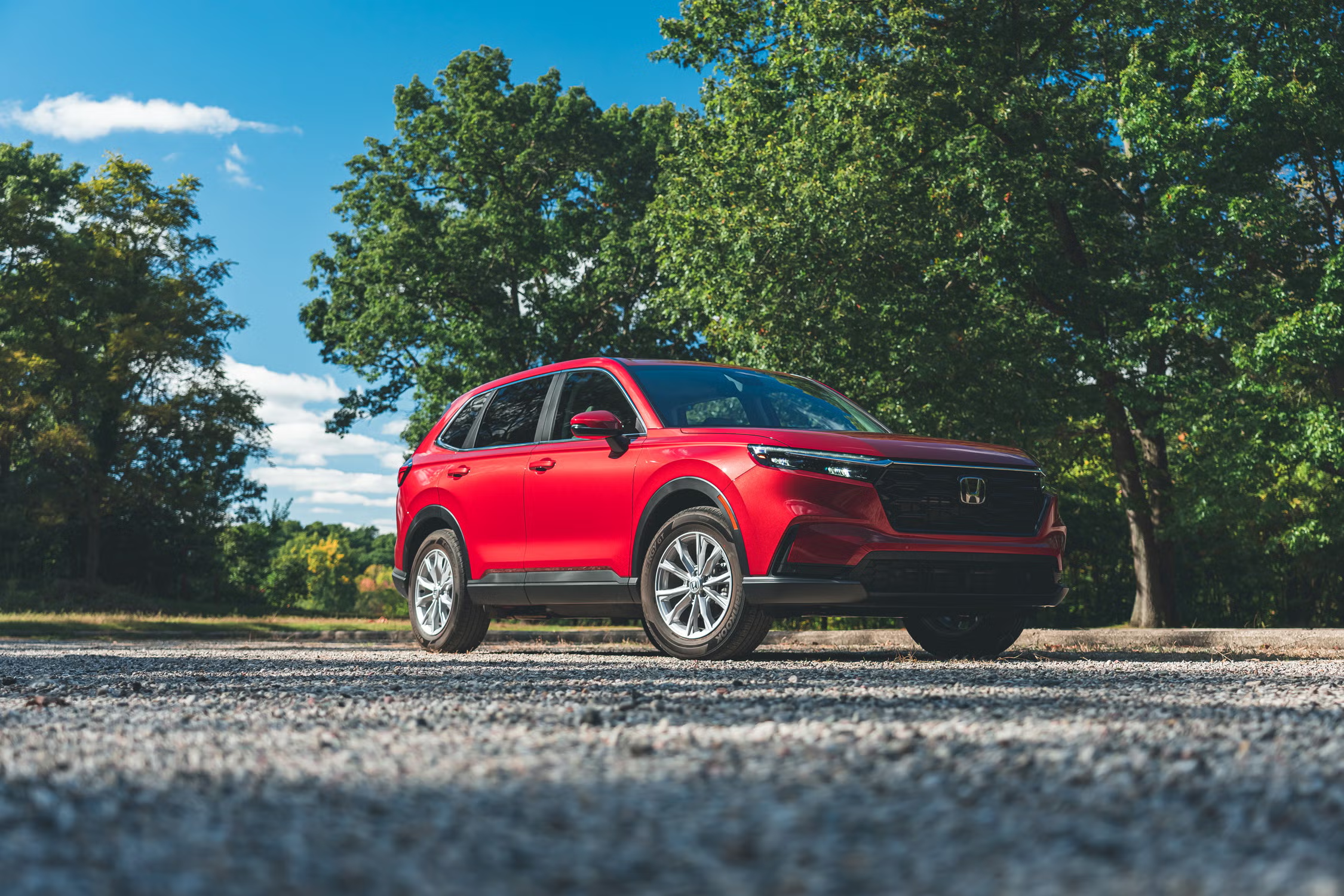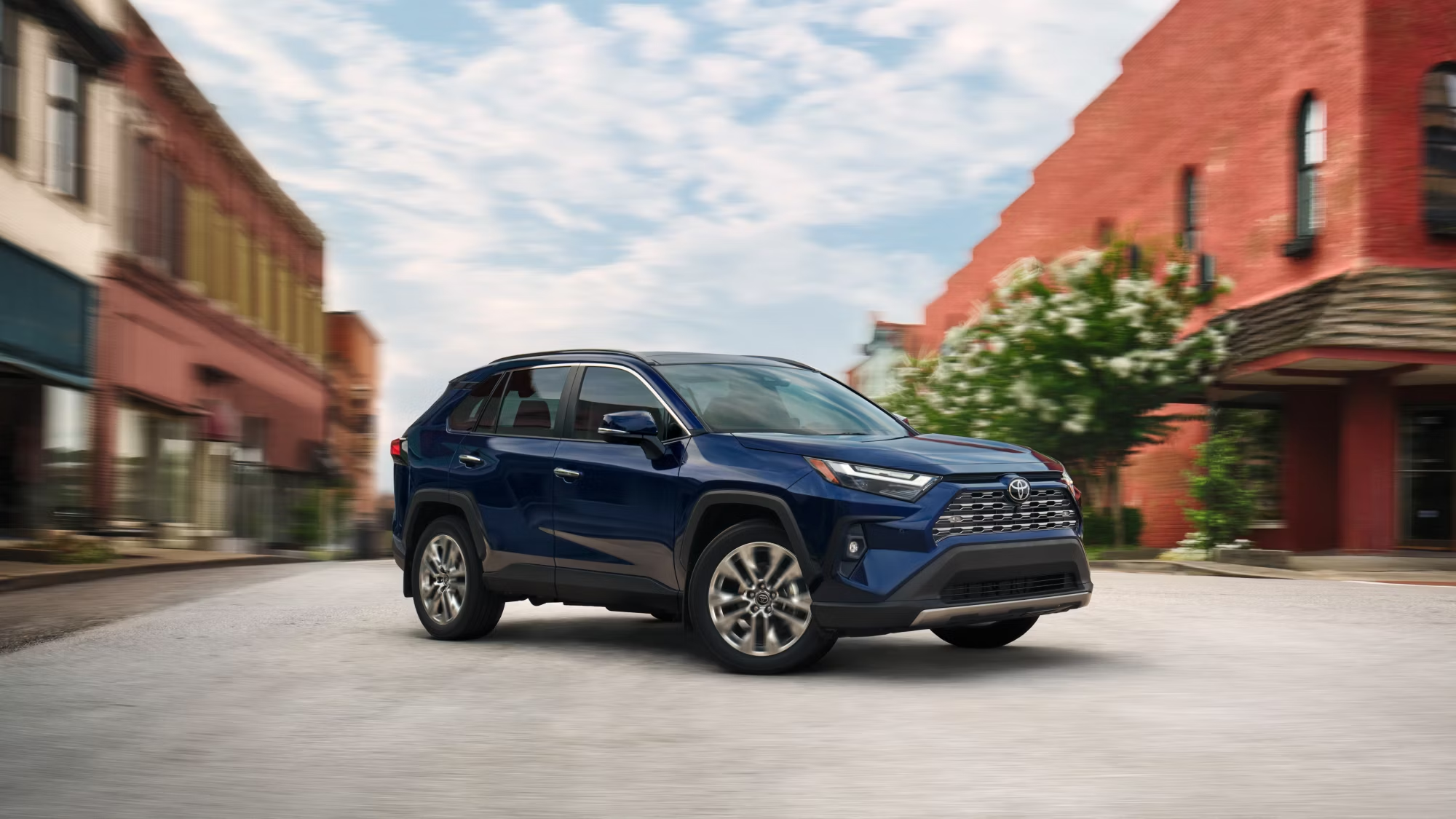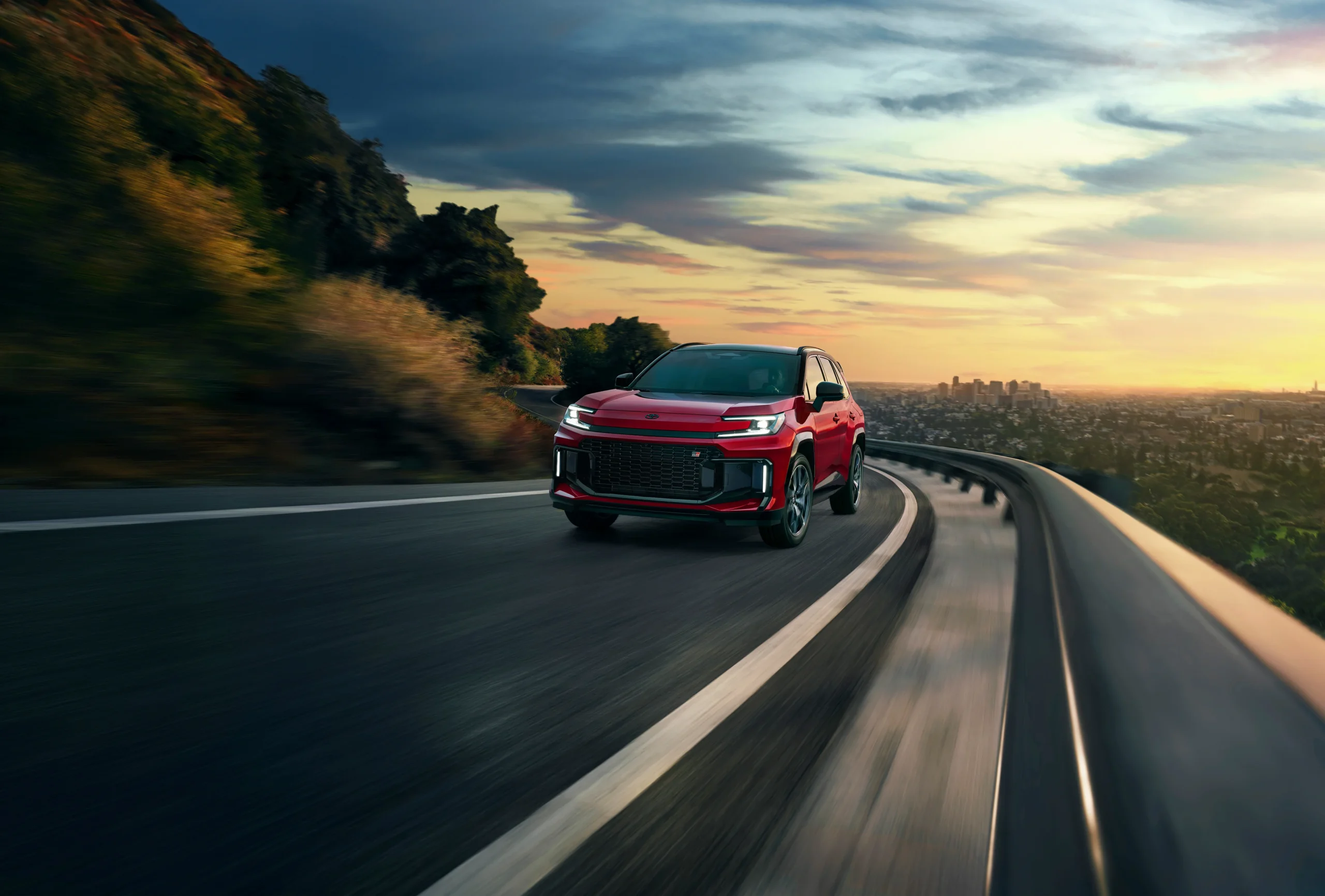Introduction
Engine displacement, measured in cubic centimeters (cc), represents the total volume of all cylinders within an engine.
Essentially, it’s a measure of how much air and fuel the engine can process with each cycle, directly influencing its power output.
A larger displacement generally equates to more power, while a smaller displacement often translates to better fuel efficiency.
In the Kenyan context, where fuel costs can be a significant factor, understanding engine displacement is paramount.
Choosing a vehicle with the right balance of power and efficiency can save you money in the long run.
The Honda CR-V, known for its versatility, offers various engine options over the years, each with its own advantages and disadvantages.
Considering your driving needs – whether it’s navigating city streets or tackling rougher terrain – will help you determine the ideal CR-V engine displacement for you.
If you’re looking for a specific model, browse our Inventory to see what’s currently available.

What Does “cc” Mean in Automotive Terms?
The term “cc” stands for cubic centimeters, a unit of volume commonly used to measure engine displacement.
It’s derived from the total volume of all the cylinders within the engine.
To calculate engine displacement, you multiply the cylinder bore (diameter) by the square of the stroke (distance the piston travels) and then multiply that by the number of cylinders.
For example, a 2.0L engine is equivalent to approximately 1998cc.
While liters (L) are increasingly used, cc remains a familiar term, especially when discussing older vehicles or comparing engines from different manufacturers.
Understanding this measurement allows you to better grasp the potential power and efficiency characteristics of a vehicle.
When importing a vehicle, knowing the exact cc is crucial for registration and tax purposes in Kenya. Our import process ensures all documentation is handled correctly, simplifying the entire experience for you.

CR-V Engine History and Evolution
The Honda CR-V’s engine history reflects a continuous evolution towards improved performance and fuel efficiency.
Early models, introduced in the mid-1990s, primarily featured a 2.0-liter inline-four engine.
As the CR-V gained popularity, Honda introduced various upgrades and alternative engine options.
The early 2000s saw the introduction of a 2.4-liter engine, offering increased power for those seeking a more spirited driving experience.
Throughout the years, Honda has also experimented with different engine technologies, including variable valve timing and direct injection, to optimize performance and reduce emissions.
The shift towards smaller, more efficient engines has been a global trend, and the CR-V has adapted accordingly.
If you’re interested in a specific generation of CR-V, exploring the engine options available during that period is essential.
You might find a Honda model that perfectly suits your needs.

Current CR-V Engine Specs by Model Year
The current generation of the Honda CR-V (typically from 2017 onwards) primarily offers two engine options: a 1.5-liter turbocharged inline-four and a 2.0-liter naturally aspirated inline-four.
The 1.5L turbo engine delivers a good balance of power and fuel efficiency, making it a popular choice for urban driving.
It typically produces around 190 horsepower and 179 lb-ft of torque.
The 2.0L engine, while less powerful (around 150 horsepower), provides a smoother, more linear power delivery and is often preferred for those who prioritize relaxed cruising.
Specific horsepower and torque figures can vary slightly depending on the model year and trim level.
Older CR-V models, particularly those from the early to mid-2000s, often feature the 2.4-liter engine, offering a more substantial power boost.
When importing a CR-V, it’s crucial to verify the exact engine specifications for the specific model year you’re considering.
We can help you identify the right Honda Vezel or CR-V for your needs.

Comparing CR-V cc to Competitors
When evaluating the CR-V, it’s helpful to compare its engine displacement to those of its competitors.
Vehicles like the Volkswagen Tiguan often offer engines in the 1.4L to 2.0L range, while the Mercedes GLE typically features larger, more powerful engines ranging from 2.0L to over 3.0L.
The Mazda CX-5, known for its sporty handling, often utilizes a 2.5-liter engine.
The CR-V’s engine options generally fall within a competitive range, offering a good balance of performance and efficiency.
The choice ultimately depends on your individual priorities.
If you prioritize fuel economy, the CR-V’s 1.5L turbo engine is a strong contender.
If you need more power for towing or off-roading, a larger engine might be preferable.
Consider your driving style and typical usage when making your decision.
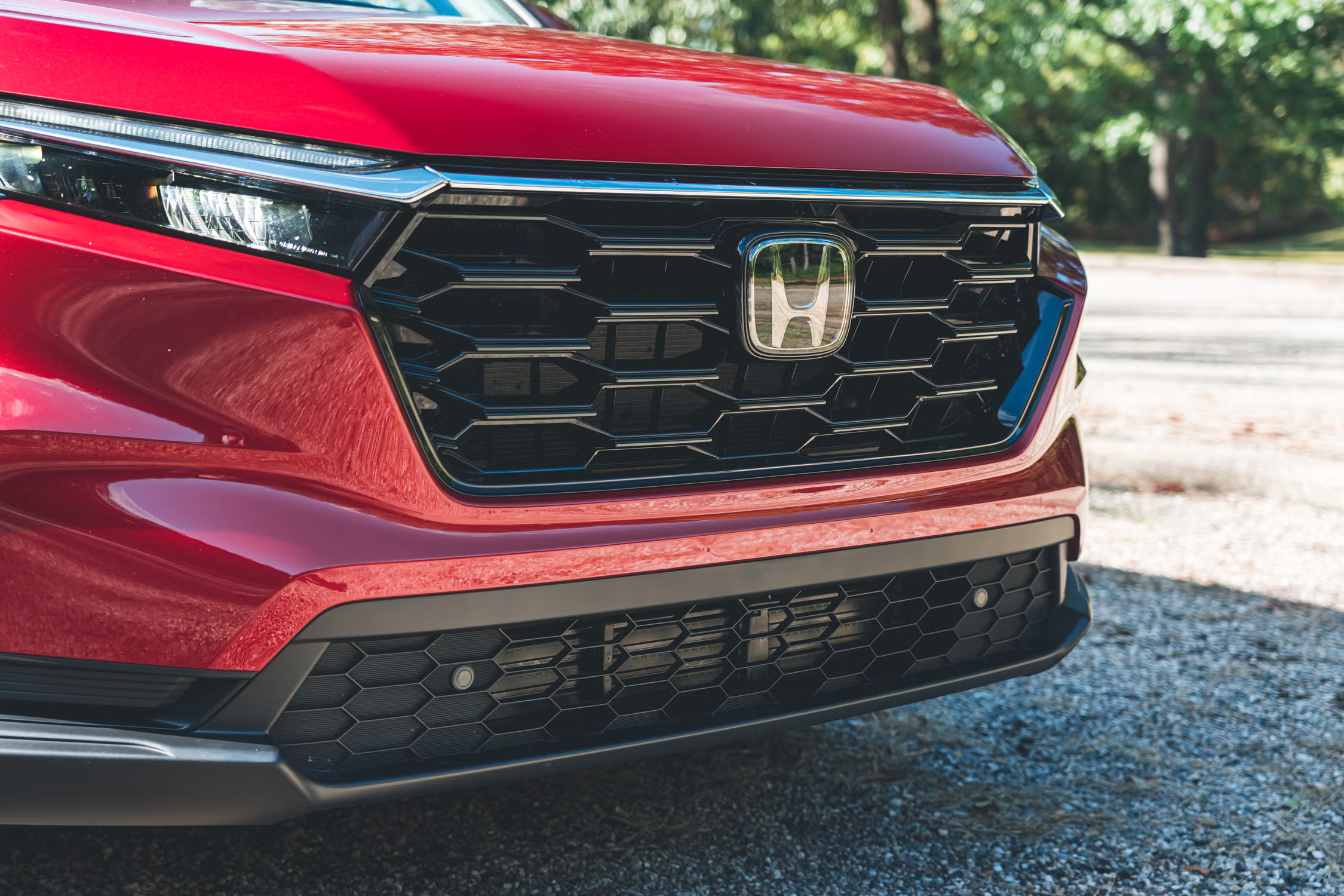
How Displacement Influences Fuel Efficiency
Engine displacement is a significant factor influencing fuel efficiency.
Generally, smaller displacement engines consume less fuel because they have less volume to move.
The CR-V’s 1.5L turbo engine exemplifies this principle, offering impressive fuel economy figures compared to larger engines.
However, turbocharging can sometimes offset this advantage, as turbochargers require additional fuel to operate.
The 2.0L naturally aspirated engine in the CR-V tends to be even more fuel-efficient, although it delivers less power.
Factors beyond engine displacement also affect fuel efficiency, including vehicle weight, aerodynamics, driving habits, and tire pressure.
Regular maintenance, such as keeping your tires properly inflated and ensuring your engine is running smoothly, can also contribute to improved fuel economy.
Importing a fuel-efficient vehicle like the CR-V can significantly reduce your transportation costs in Kenya.
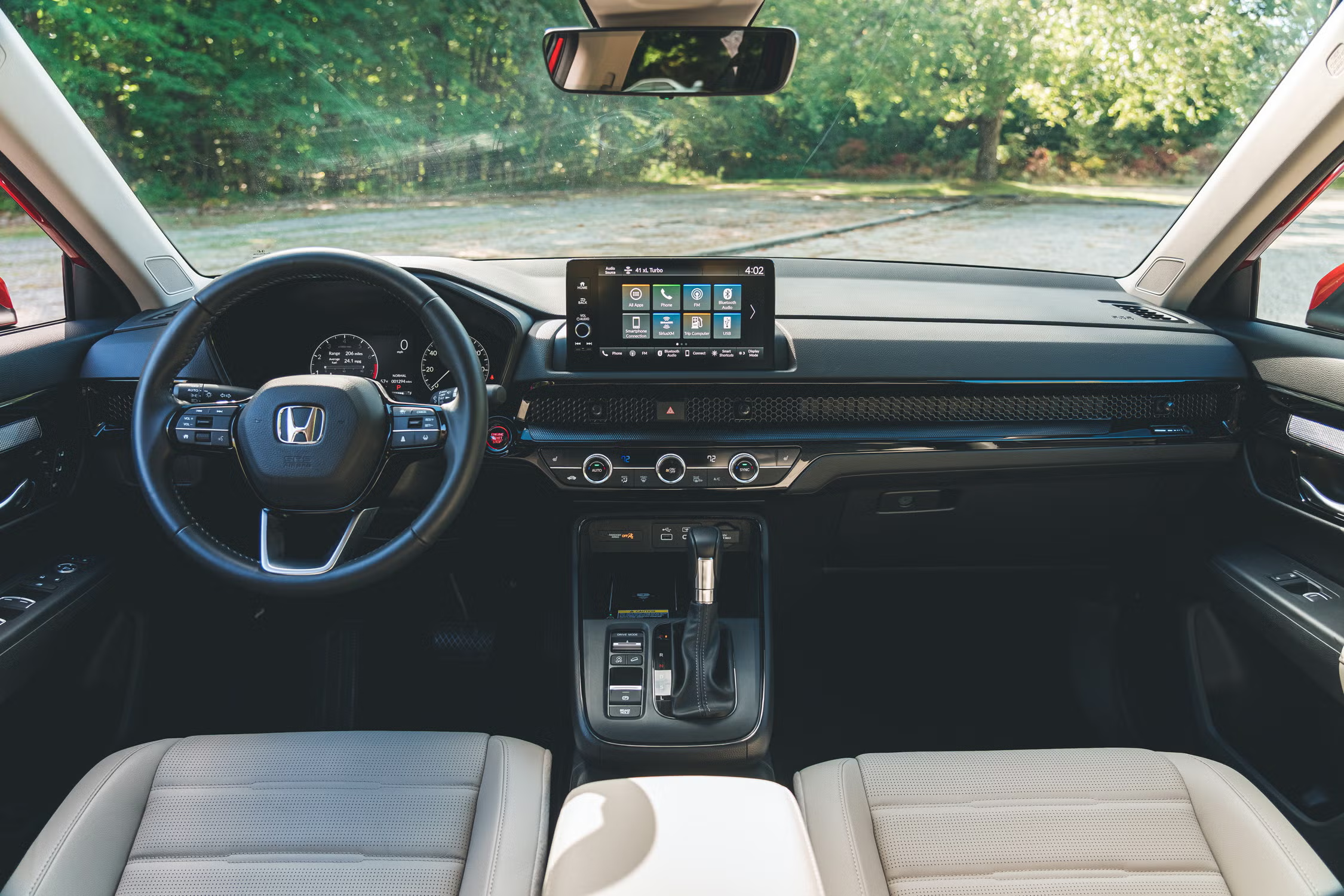
Real‑World Performance and Driving Experience
The real-world performance and driving experience of a CR-V are largely determined by its engine displacement and configuration.
The 1.5L turbo engine provides responsive acceleration and a surprisingly peppy feel, especially in city driving.
The turbocharger helps to compensate for the smaller displacement, delivering a noticeable boost in power when needed.
The 2.0L engine offers a more relaxed and comfortable driving experience, with smooth power delivery and minimal turbo lag.
Both engines are known for their reliability and refinement.
The CR-V’s comfortable ride and spacious interior further enhance the overall driving experience.
Ultimately, the best engine for you will depend on your personal preferences and driving style.
We can help you assess your needs and find the perfect CR-V for your lifestyle.
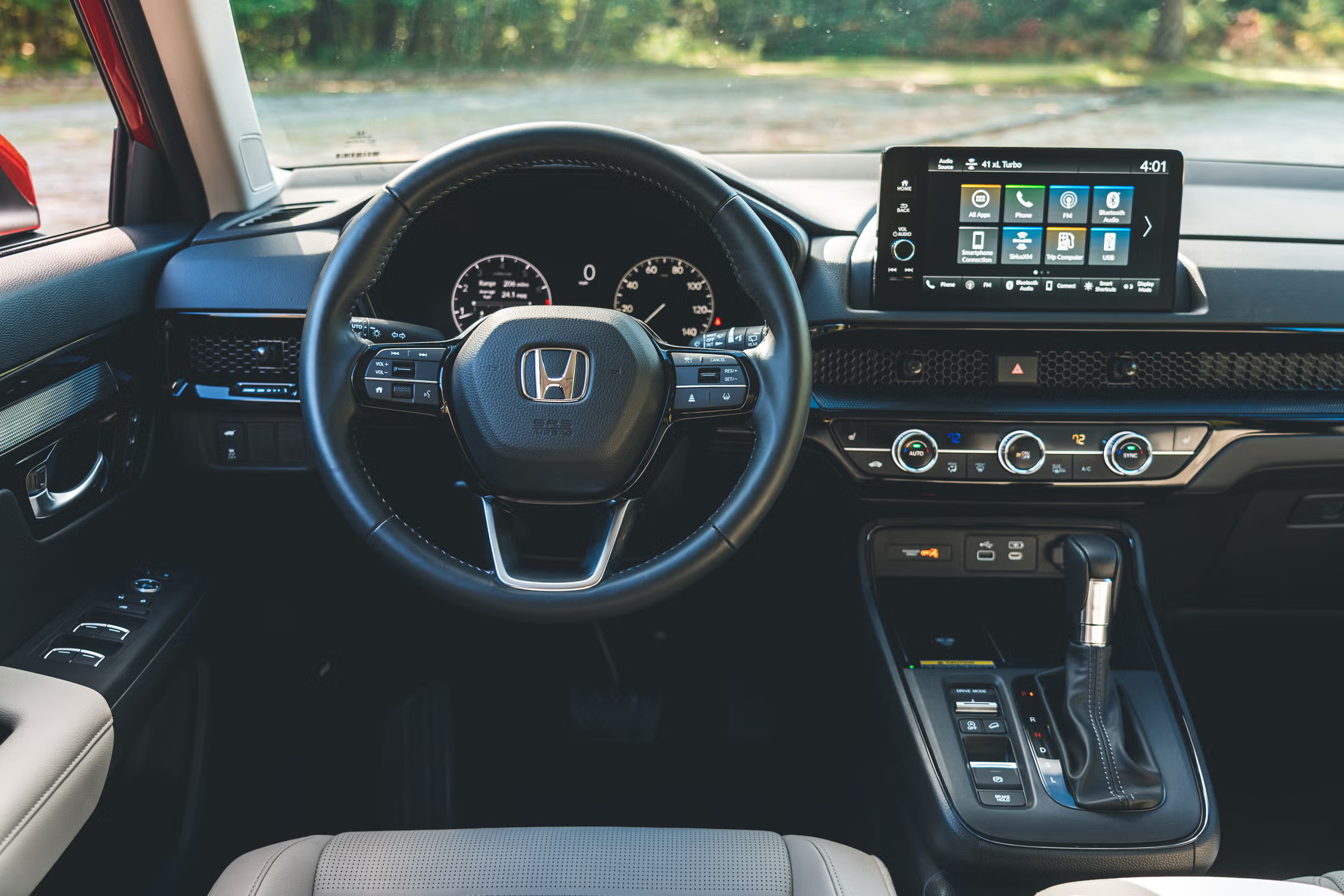
Conclusion
Choosing the right Honda CR-V engine involves understanding its history, current specifications, and how displacement impacts performance and fuel efficiency.
Whether you prioritize fuel economy, power, or a balance of both, the CR-V offers a range of options to suit your needs.
Comparing the CR-V to its competitors, such as the Mazda CX-5 or Volkswagen Tiguan, can further refine your decision.
Remember to consider your driving habits, budget, and the specific requirements of the Kenyan driving environment.
Importing a vehicle can be a complex process, but with the right guidance, it can be a rewarding experience.
Don’t hesitate to reach out to our expert team at Contact us today for personalized assistance.
You can call us at 0723 328 339, email us at imports@enanmotors.com, or message us on WhatsApp at 0723 328 339.
Let Enan Motors be your trusted partner in car importation, ensuring a smooth and hassle-free experience.
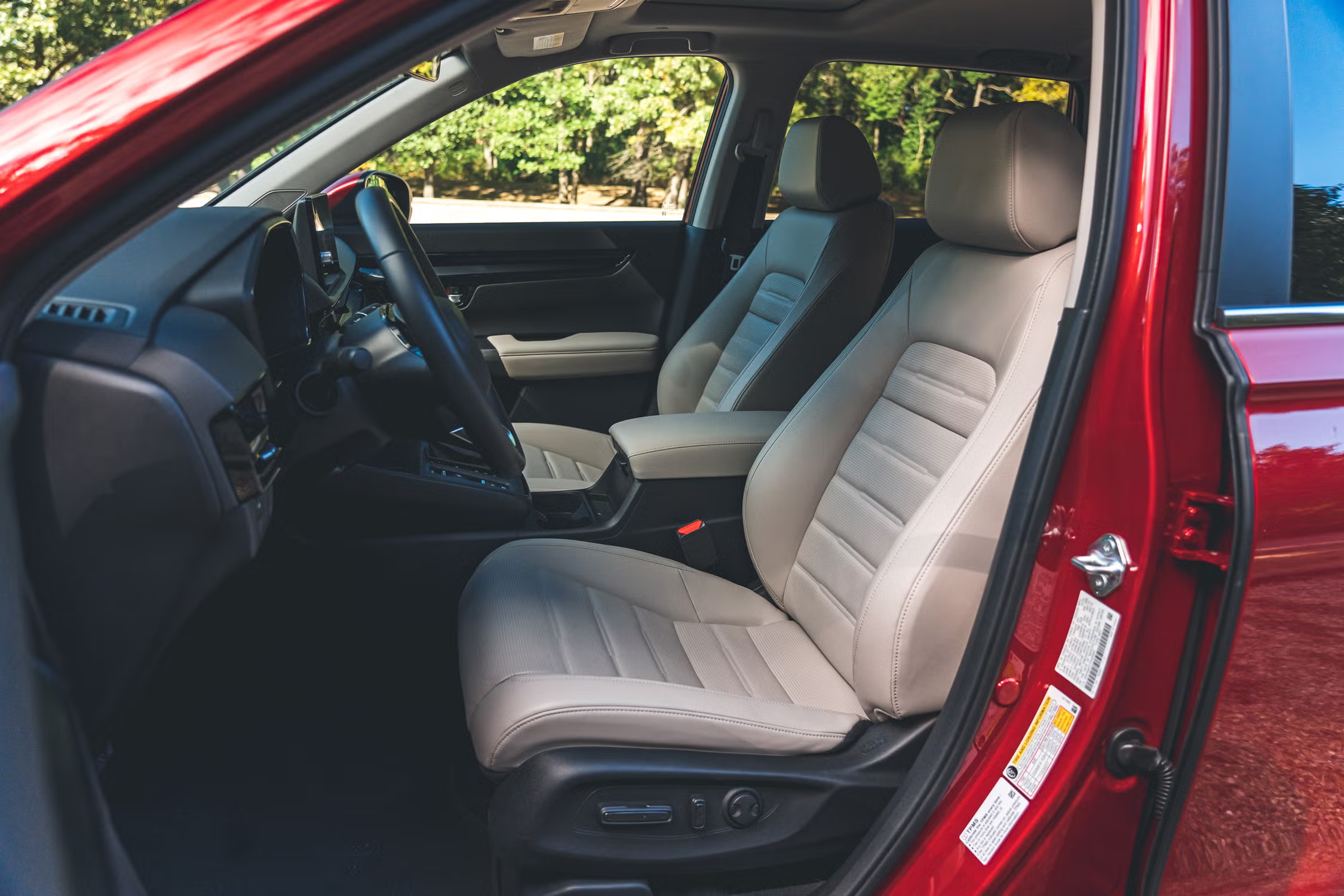
FAQs
- What is the most common CR-V engine size in Kenya? The 2.0L and 2.4L engines are the most commonly seen in Kenya, particularly in older models.Newer models increasingly feature the 1.5L turbo engine.
-
Does a higher cc always mean more power? Not necessarily.Turbocharging and other technologies can significantly impact power output regardless of engine displacement.
-
What are the tax implications of importing a CR-V with a specific cc? Import duties and taxes are often based on engine displacement.Consult with a customs broker or refer to the Kenya Revenue Authority (KRA) guidelines for specific rates.
-
Which CR-V engine is best for off-roading? The 2.4L engine generally provides more torque, making it a better choice for off-roading, although the CR-V is not primarily designed for serious off-road use.
- Where can I find reliable information about CR-V engine specifications for different model years? Reputable automotive websites, owner’s manuals, and our team at Enan Motors can provide accurate engine specifications.

